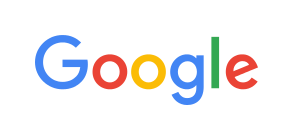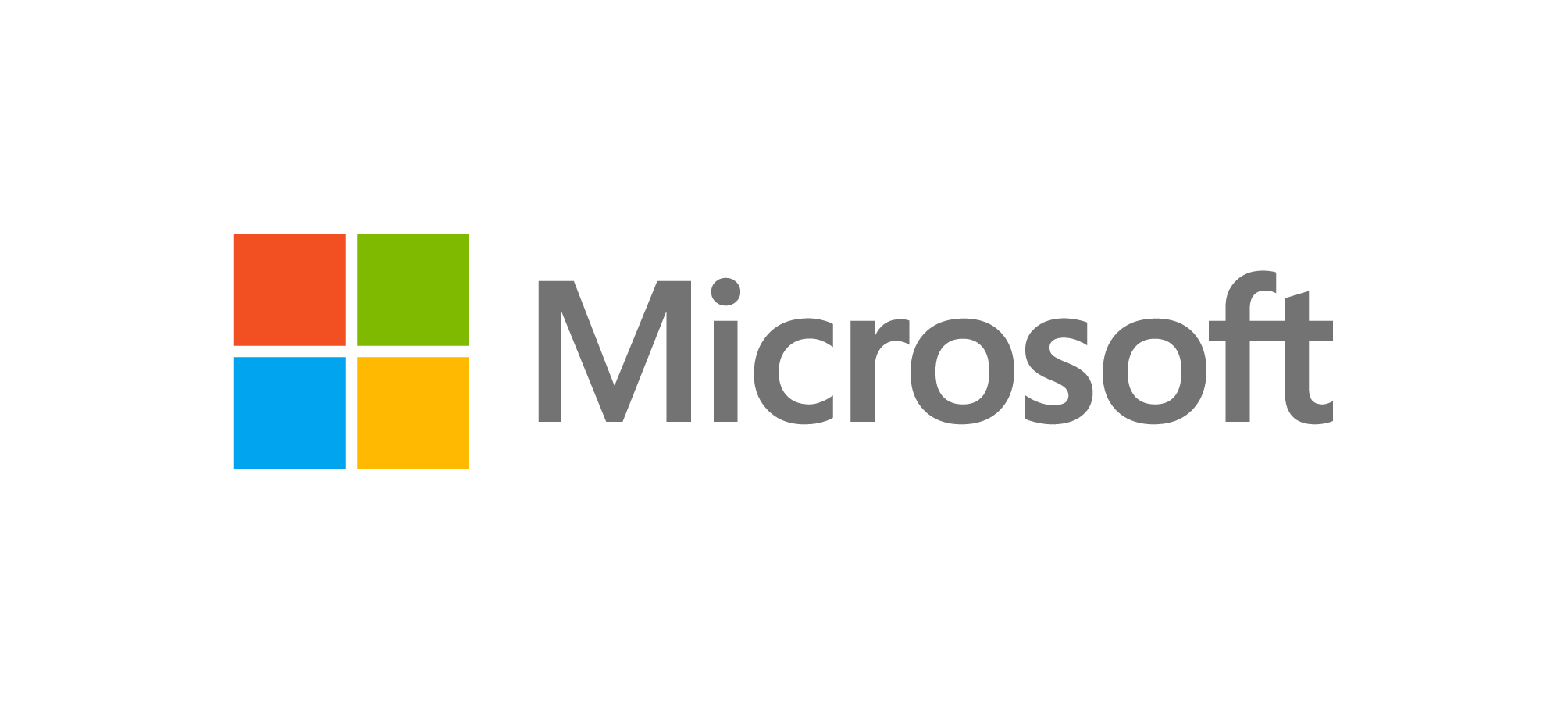Introduction
1.2. Programming
And what about programming? You can get through this whole guide without doing any programming, although we'll suggest exercises. Ultimately, however, all the concepts here are reflected in programs that people write. If you want to learn programming there are many excellent courses available. It takes time and practice, and is well worth doing in parallel with working through the topics in this guide. There are a number of free online systems and books that you can use to teach yourself programming. A list of options for all ages learning to program is available at www.code.org, where there is also a popular video of some well-known high-fliers in computing that is good to show classes.
Programming is just one of the skills you'll need to be a computer scientist. In this book you'll be exercising many other skills — maths, psychology, and communication are important ones.



